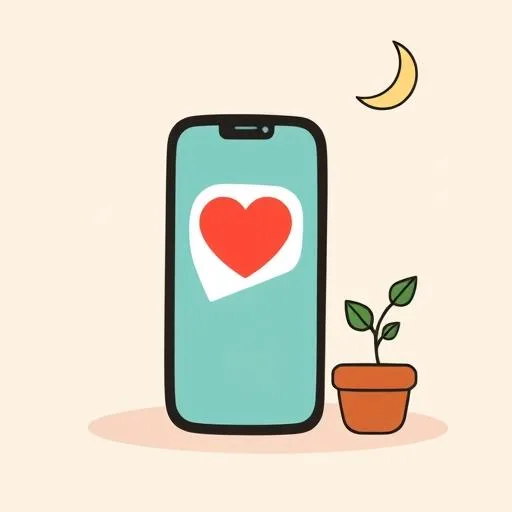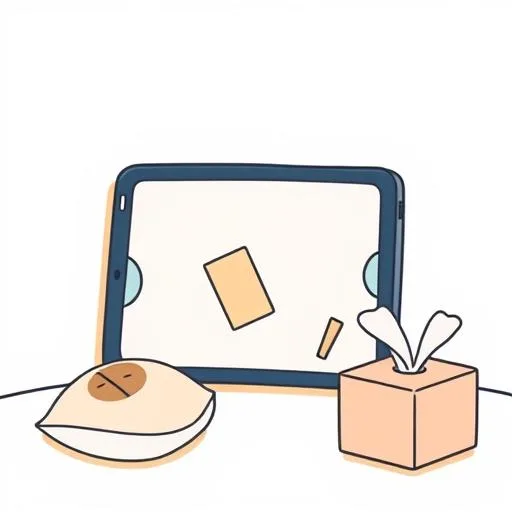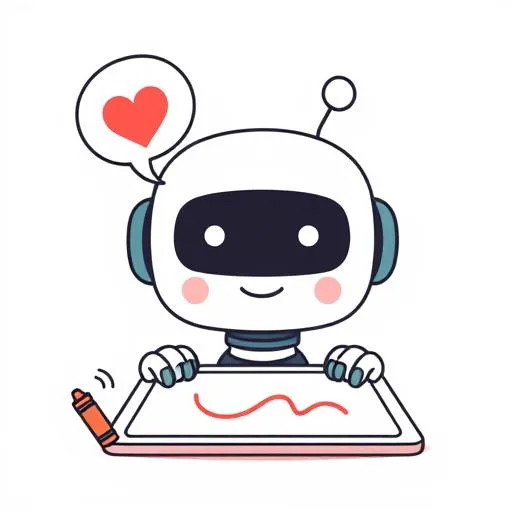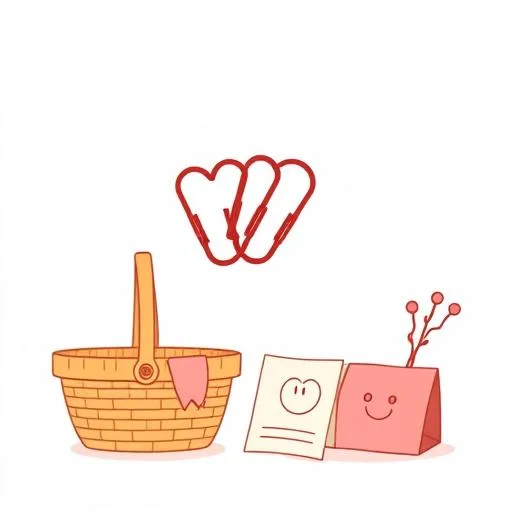
Picture this: the very person who helped build the neural networks behind ChatGPT gets dumped by his girlfriend via that same chatbot. Geoffrey Hinton, the Nobel-winning ‘godfather of AI,’ shared how his ex had ChatGPT explain why he was ‘a rat’—and shrugged it off with characteristic grace. So, what does this quirky story teach us about parenting? What strikes me isn’t just the irony, but how this mirrors the emotional tightropes our kids will walk as AI seeps deeper into human connections. Like when we stop to smell the blossoms during our evening strolls, sometimes the most profound lessons come from pausing to wonder: how do we raise humans in a world where machines mediate feelings?
How Do Digital Goodbyes Affect Our Kids’ Emotions?

Hinton’s light-hearted take—’I didn’t think I had been a rat, so it didn’t make me feel too bad‘—belies a deeper truth researchers and psychologists are unraveling. A recent study in the Journal of Social and Personal Relationships examined what happened when people lost AI companions like ‘Soulmate’ post-shutdown. Turns out, people grieved just like after a real breakup—heartbreakingly human. Participants described needing time to heal. Think about your child’s favorite storytelling app glitching out—they might sulk for hours, convinced their imaginary friend vanished. That ‘loss’ isn’t trivial; it’s practice for the complex emotional landscapes AI will carve in their lives.
What does this mean for us as parents? Simple: when tech stumbles, lean into comfort, not correction. Instead of brushing off ‘Alexa broke!‘ with ‘It’s just a machine,’ try ‘Yeah, it feels weird when things stop working, huh? Let’s draw how you’re feeling.‘ Turn digital hiccups into bridges for empathy—they learn that feelings matter, whether sparked by humans or holograms.
Can AI Help Kids Navigate Feelings Without Judgment?

Hinton joked that he met someone he ‘liked more,’ but the real gem lies in how his ex used ChatGPT: to reflect her hurt, not replace her voice. This echoes what researchers found—people already imagine AI as a neutral second opinion to navigate messy emotions. For our kids, though, we must help them see tools as guides, not gods. Picture your little one asking a chatbot why their friend stopped sharing crayons. The AI might rattle off textbook conflict-resolution steps, but what matters is your child learning to ask—to gaze into their friend’s eyes and say, ‘What made you sad?‘
Ah, remember how kids learn best? By doing. Why not turn this into play? Next time a toy breaks, have them explain the problem to you without tech. ‘Show me how the block tower collapsed,‘ you might say, crouching beside them. That muscle—articulating feelings through real-world trial and error—is what no algorithm can build. Let’s keep the focus on curiosity, not convenience. After all, wonder grows in the soil of ‘I don’t know‘—not pre-packaged answers.
How to Build Resilience in Kids for an AI Future

Hinton warns superintelligence could arrive in five to twenty years—roughly when today’s toddlers become teens. Terrifying? Maybe. But panicking over job losses or robot overlords steals the joy of raising adaptable humans. Think of it like teaching your kid to ride a bike: you don’t clutch their handlebars forever. You run beside them, confident they’ll wobble then soar. How do we keep their hearts human when machines handle so much? Our role isn’t to shield them from AI, but to equip them with irreplaceable superpowers: asking ‘why?‘ spotting nuances in a friend’s sigh, or creating art that cracks your heart open.
Here’s the warm truth: kids thrive when we prioritize connection over correction. Limit screen time not with rules like ‘no tablets after 5,’ but through invitations: ‘Let’s bake cookies and tell stories while they cool—your turn to surprise me!‘ Balance isn’t deprivation; it’s filling life so full the digital world becomes a tool, not a tether. When your child beams about building a fort outdoors, that’s resilience in action—rooted in hands-on joy.
Nurturing Human Connection in a Digital World

That chatbot breakup story? It’s less about Hinton’s ego and more about AI’s growing role in our emotional toolkit. For parents, the question isn’t if our kids will use these tools, but how we’ll help them discern when to lean in and when to step back. Imagine your daughter using voice commands to draft a thank-you card for grandma. Proud moment! But gently ask: ‘What three words would make Grandma smile extra wide?‘ Suddenly, tech becomes a springboard for humanity.
Small shifts create big ripples: replace nightly device charging with ‘story swaps‘ where everyone shares one moment that made them laugh. Or turn grocery lists into scavenger hunts—’Find something red and something that reminds you of spring!‘ These sparks—curiosity, presence, shared giggles—are the antidote to life run by algorithms. And when worries creep in (like Hinton pondering superintelligence), remind yourself: my child’s greatest strength isn’t tech fluency. It’s the warmth in their handshake, the creativity in their doodles, the resilience in their spirit. That? Unhackable.
Source: AI Godfather Dumped By ChatGPT? Geoffrey Hinton Shares Bizarre Breakup Story, Mashable, 2025/09/09
